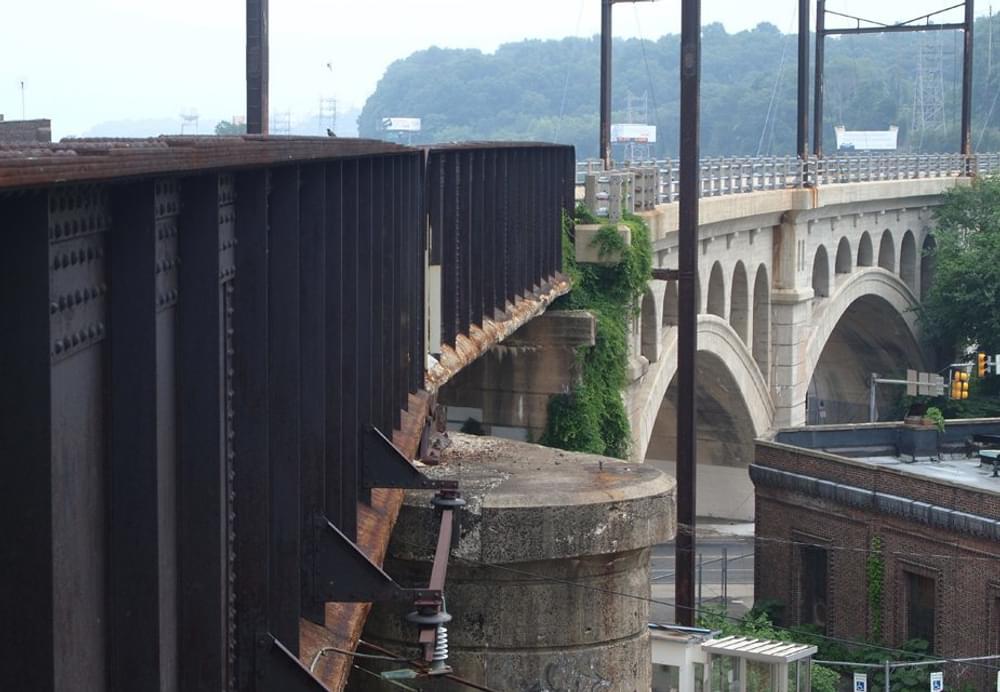




Can trails and bikeways compete with other transportation priorities?
by Stuart Macdonald, Trail Consultant, American Trails

We suddenly have a brave new world for federal funding of bicycling and walking facilities. Most people thought the programs we depend on would just keep getting renewed. The good news is there is still broad eligibility for trails and bikeways. The bad news is there is more potential competition for less money, and the States can simply opt out of the programs.
The Recreational Trails Program is specifically funded at $85 million a year for two years. But again, individual States can choose to spend their money on other eligible projects. It will be very interesting to see how different States address the opportunity.
Now we have to ask a question we’ve been putting off: can trails and bikeways compete with other transportation priorities? Do bike/ped facilities still need the “affirmative action” of set-aside funding? We see the benefits of “complete streets,” of more kids walking to school, and more accessible communities. But are the public interest groups and our elected officials convinced? Have we made a compelling case for the economic benefits of trails and bikeways?
Steve Lettau, commenting on the new bill for the Association of Pedestrian and Bicycle Professionals, notes that funding will be available to those who “embrace walking and bicycling as sound transportation policy.” We will need to learn from those successes, he writes: “Government bodies that wisely use transportation funding for walking and bicycling will reap rewards and serve as a model to those policy makers who’ve missed the myriad value of making such investments.”
There are lots of opportunities for funding bike/ped projects. But we will all have to get a fast and thorough education from those who are successful gladiators in the funding arena. We will hear more voices like House Speaker John Boehner, who said the new bill would “allow us to focus our highway dollars on fixing America’s highways, not planting more flowers around the country.” We’re going to find out whether our arguments and evidence are convincing.
— Stuart Macdonald, American Trails Magazine and website editor
posted Nov 1, 2023
A discussion on greenways and trails with landscape architect Chuck Flink, author of The Greenway Imperative and the original chair of American Trails
Celebrating Women Who Care for Trails
posted Mar 14, 2023
Cathy Corlett, American Trails Director of Strategic Communications, joined Trailkeepers of Oregon's women-only trail work party to find out more about the work being done and the women who opt to spend their Sunday working on the trail, even when the weather conditions are less than ideal.
RTP - Workforce Development, Equity, and Climate Resiliency
posted Sep 3, 2021
The Recreational Trails Program directly addresses our desire to put young people to work, provide equitable access to nature, and provide resilient responses to natural disasters
914 views • posted 06/30/2012